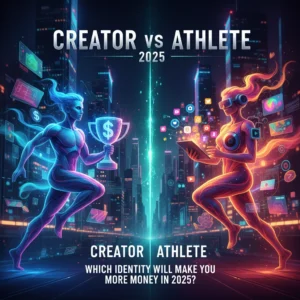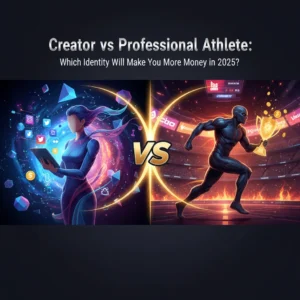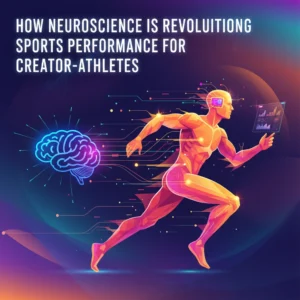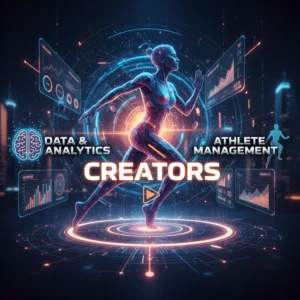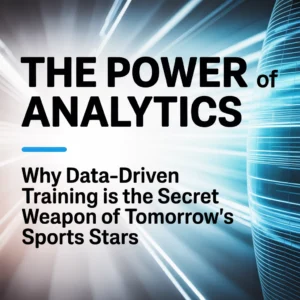Endorsement Demystified: How Creator Athletes Land Big Brand Deals
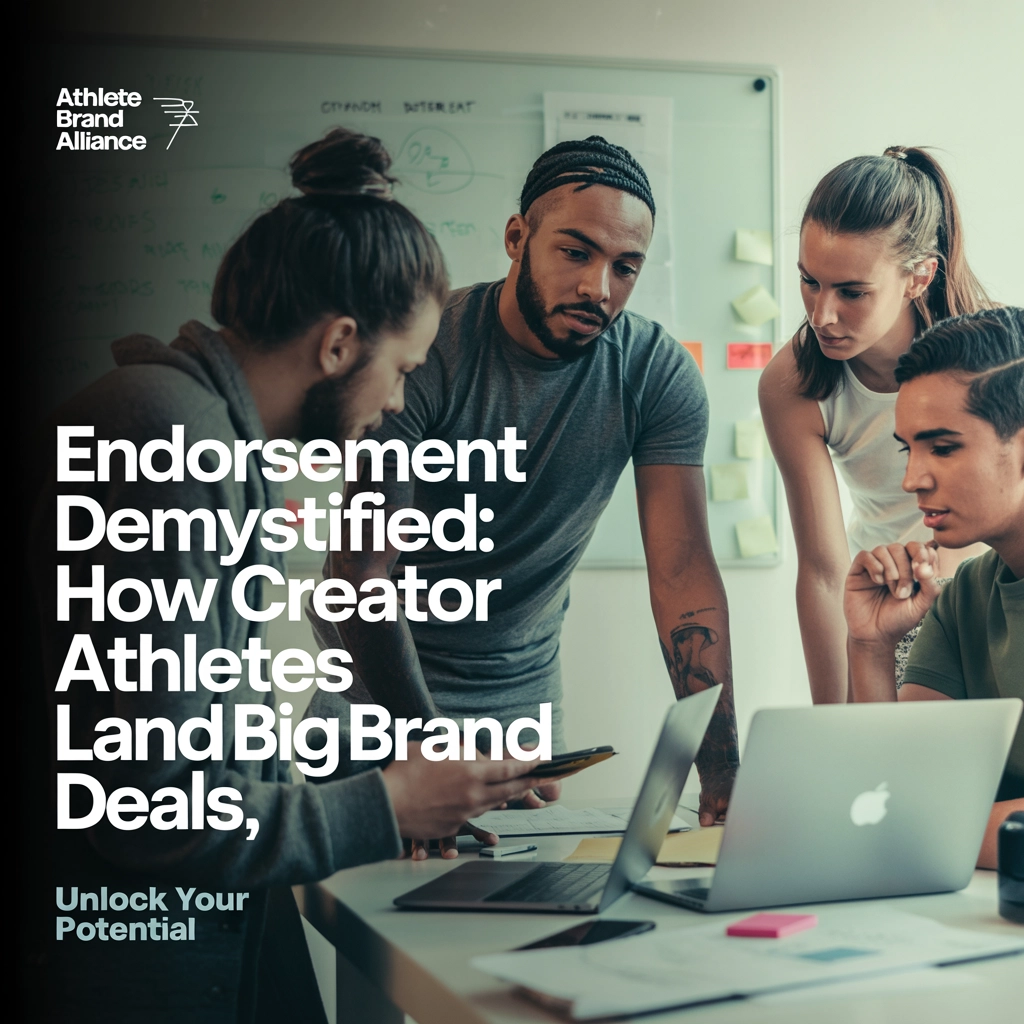
The endorsement game has completely flipped. While traditional athletes wait years to build the credibility needed for major brand deals, creator athletes are fast-tracking their way to seven-figure partnerships by combining athletic performance with digital influence. But here's the thing: landing these deals isn't about luck or having millions of followers. It's about understanding exactly what brands want and positioning yourself as the solution to their biggest marketing challenges.
The numbers don't lie. When LeBron James earned $15 million from Nike in 2012, Nike sold over $100 million worth of his signature shoes in the U.S. alone. That's a 6X return on investment, making him more profitable than any other Nike employee. This is the kind of ROI that has brands scrambling to find the next generation of athlete influencers who can deliver similar results.
Why Brands Are Obsessed with Creator Athletes
Traditional marketing is dying a slow death. Consumers skip ads, block pop-ups, and scroll past sponsored content faster than ever. But when a creator athlete they follow recommends a product? That's different. That's trusted advice from someone who's earned their respect through genuine performance and authentic content.
Creator athletes bring something traditional endorsers can't: credibility, relatability, and reach all wrapped into one package. Their followers have witnessed the raw journey: the 5 AM training sessions, the comeback from injuries, the moments of doubt, and the victories. This creates a foundation of trust that translates directly into purchasing decisions.
The engagement metrics prove it. Creator athletes regularly achieve engagement rates topping 3.9% compared to the 1.8% of standard influencers. This means brands aren't just reaching passive followers: they're connecting with consumers who are highly likely to listen, engage, and act on recommendations.
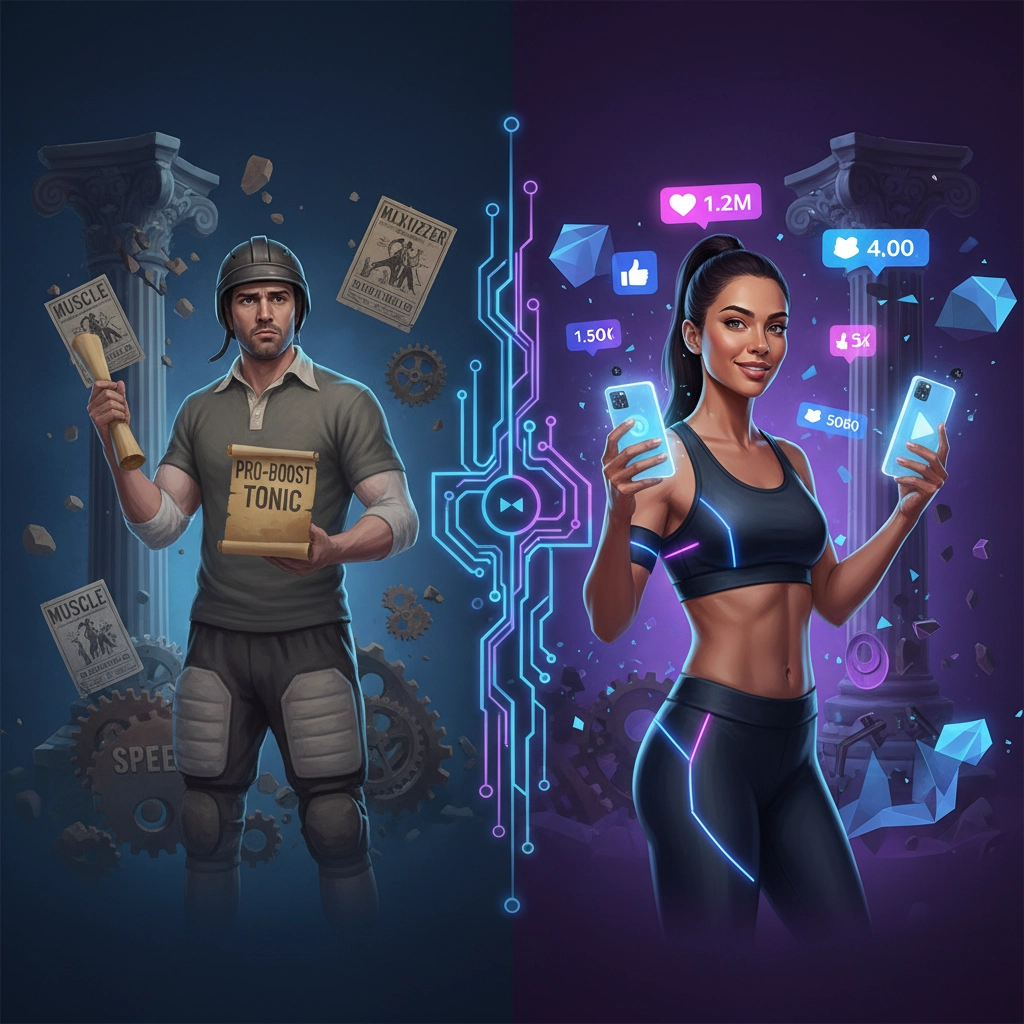
Unlike traditional celebrities who promote brands through highly curated, glossy content, creator athletes provide their followers with an unfiltered look at their lives. Fans see behind-the-scenes struggles, recovery routines, and personal moments of triumph. This creates deeper emotional connections that make endorsements feel like personal recommendations from trusted friends rather than advertisements.
What Brands Actually Look For
Here's what most creator athletes get wrong: they think brands just want big follower counts. Wrong. Brands want impact, and impact comes from alignment, authenticity, and audience quality.
Brand Alignment is everything. Nike doesn't just partner with any athlete: they partner with athletes whose values, aesthetics, and audience align with their brand identity. If your content, personality, and follower demographics don't match what the brand represents, follower count becomes irrelevant.
Audience Quality trumps audience size every time. A creator athlete with 100,000 highly engaged followers in a specific niche is more valuable than someone with a million passive followers. Brands analyze engagement rates, comment quality, and audience demographics to understand if your followers are their target customers.
Performance Credibility is non-negotiable. You need legitimate athletic achievements, training credentials, or competitive results that back up your athletic identity. Brands won't risk their reputation on someone who's just playing dress-up as an athlete.
Content Consistency shows brands you're serious about the partnership. They want to see regular, high-quality content that demonstrates your ability to create engaging material around their products. This includes everything from training videos using their gear to lifestyle content that naturally incorporates their brand.
The Anatomy of a Winning Endorsement Deal
Every successful endorsement deal is built on a detailed framework that protects both parties while maximizing results. Understanding these components gives you serious negotiating power.
Deliverables form the core of any agreement. This section clearly defines whether you'll create social media posts, shoot commercials, attend events, or develop long-form content. Modern deals often include specific requirements like minimum post frequency, story mentions, and even podcast appearances.

Compensation structures vary widely but typically include base fees, performance bonuses, and sometimes equity stakes. Many deals now incorporate guaranteed minimums with upside potential based on engagement metrics, sales performance, or reach targets. The smartest creator athletes negotiate for both immediate income and long-term revenue sharing.
Usage rights determine how brands can use your name, image, and content across different media types. This includes digital platforms, print advertising, video commercials, and even emerging channels like NFTs and metaverse appearances. Make sure you understand exactly how your likeness will be used and for how long.
Geographic and category restrictions prevent conflicts and clearly define boundaries. You might have exclusive rights with Nike for athletic wear but freedom to partner with other brands for nutrition or technology products. These clauses protect both your earning potential and the brand's investment.
Contract Essentials You Need to Know
The fine print is where deals get made or broken. Here are the critical clauses that separate amateur negotiations from professional partnerships.
Morality clauses address what happens if circumstances change: if you get injured, face legal issues, or engage in conduct that might negatively impact the brand's reputation. These provisions give companies recourse through termination rights, but they can also be negotiated to provide you with protection against unreasonable brand reactions.
Performance standards outline specific metrics and expectations. This might include maintaining certain athletic performance levels, achieving minimum engagement rates, or meeting content creation deadlines. Understanding these upfront prevents conflicts later and helps you deliver what brands actually want.

Confidentiality and exclusivity terms protect the brand's intellectual property while defining your obligations. Some deals require complete category exclusivity, while others allow partnerships with non-competing brands. The key is understanding exactly what you're agreeing to and how it impacts your other business opportunities.
Termination conditions spell out how either party can end the relationship and what happens to ongoing payments, content usage rights, and confidentiality obligations. Smart creator athletes negotiate for reasonable notice periods and fair compensation for work completed.
Timeline and Strategic Execution
Landing major endorsement deals isn't an overnight process. Most partnerships involving comprehensive social media campaigns take 5-6 weeks to complete from initial contact to signed agreement. Complex deals involving multiple media types, long-term partnerships, or international campaigns require additional time for due diligence and contract refinement.
The most successful creator athletes approach endorsements strategically rather than reactively. This means building relationships with brand managers, demonstrating consistent performance both athletically and content-wise, and positioning yourself as the solution to specific marketing challenges brands face.
Phase 1: Foundation Building (Months 1-6)
Focus on athletic development, content quality, and audience growth. Brands won't consider partnerships until you've proven both athletic credibility and content creation ability.
Phase 2: Relationship Development (Months 6-12)
Start engaging with brands authentically through organic content, attending industry events, and building connections with brand managers and marketing teams.
Phase 3: Deal Negotiation (Months 12+)
When opportunities arise, approach negotiations professionally with clear understanding of your value proposition, audience metrics, and performance capabilities.
The creator athlete model is reshaping how endorsement deals work, creating opportunities for faster career development and higher earning potential than traditional athletic paths. But success requires understanding that brands aren't just buying your athletic ability or your follower count: they're investing in your ability to authentically connect their products with engaged audiences who trust your recommendations.
The brands that win in this new landscape will be the ones who recognize that creator athletes represent the future of sports marketing. And the creator athletes who win will be the ones who understand that endorsements aren't just about getting paid: they're about building long-term partnerships that elevate both athletic careers and business opportunities.
The playbook is clear. The opportunities are real. Now it's time to execute.

